- Your benefits as a Premium Member
10% off items
Free shipping from €20.00
- Help & Contact
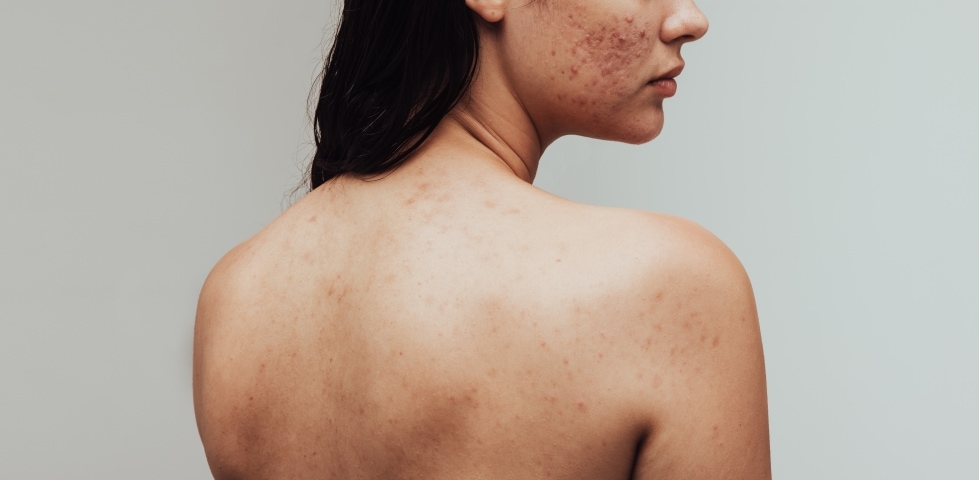
Adult acne – Tips for acne in adults
Adult acne or acne tarda affects more adults than most people think. It appears post-puberty or after the age of 25 and frequently causes psychological distress. Many women, in particular, suffer from adult acne, which in most cases shows only mild symptoms yet bothers sufferers greatly nevertheless. In this article, you can find out about adult acne causes and what adult acne treatments are available.
06 January 2023 • 4 min. reading time
Table of contents
What is adult acne or acne tarda?
Adult acne can occur if the healthy function of the skin is disturbed. The sebaceous glands of the skin normally produce just the right amount of sebum to protect the skin from external influences and keep it smooth. They release this sebum through the pores. If the pores are blocked by dead skin cells or dry sebum, the sebum collects in the pore and forms a pimple, blackhead or area of inflammation. Depending on the degree of severity, these are referred to as impure skin or acne. The appearance of acne in puberty and acne tarda is very similar. The only difference is that adult acne doesn’t appear until adulthood.
Care products for acne
What causes adult acne?
Acne occurring in adulthood can have the same hormonal causes as acne during puberty. So far, there are various known possible triggers:
Hormonal fluctuations in women during pregnancy, after coming off or when taking hormonal contraception, in the menopause, as well as during menstruation
Side effects of medications (frequently when taking corticosteroids or anabolic steroids)
Skin contact with comedogenic substances (substances that promote the formation of pimples and acne)
An overdose of vitamin B12
Psychological problems, too little sleep, stress
Often, a connection between diet and adult acne is assumed. Foods such as dairy products, sugar and an excess supply of carbohydrates come under suspicion. However, there are no reliable scientific studies on this. People who are affected can only use trial and error to find out for themselves whether a change in diet has a positive effect on their skin.
How adult acne manifests itself?
Adult acne can manifest itself in different degrees:
Mild acne (acne comedonica)
Moderate acne (acne papulopustulosa)
Severe acne (acne conglobata)
With mild acne, your skin is only occasionally affected by a few blemishes or milia. The more severe their manifestation, the more of these signs appear. The signs of impure skin are mostly distributed on zones around the face, neck, décolleté and back. In very severe cases, cystic acne can develop and in extreme cases acne conglobata, which requires medical treatment.
A mild manifestation can, for example, be typical of acne in your 30s, which appears in connection with your menstrual cycle. Adult acne also mostly appears in a mild form during pregnancy or after coming off the birth control pill. Many women suffer from acne tarda during the menopause. It can start in your late 40s to early 50s and affect your skin for a long period. It sometimes appears in more severe flare-ups, which are followed by calmer phases with a clear complexion. Acne at 40 is seldom to do with hormones. At this stage of life, triggers like intolerances, stress or the side effects of medications can cause acne tarda.
Where does adult acne appear?
Post-adolescent or adult acne most frequently appears on the face but can also affect the rest of the body (especially the neck, décolleté and back). With adult acne, the dreaded blackheads often do not appear in the typical T-zone on the face but spread over areas like the cheeks, around the mouth and on the neck. With adult acne that is caused by contact with allergenic or comedogenic substances, the signs often develop in the areas that come into contact with these substances.
What distinguishes impure skin from acne?
Impure skin in adults appears as isolated pimples, blackheads and a relatively oily complexion. Milia are another symptom of impure skin. There is no precisely defined point at which impure skin becomes acne. The condition is often referred to as acne or adult acne upon the formation of pimples and blackheads that tend towards inflammation. Impure skin is considerably simpler to care for and causes fewer problems than acne. With severe adult acne, not only can pimples and spots form on the skin's surface but extensive areas of inflammation can also occur deep down under the skin.
What is the right adult acne skin care?
The right skincare is important with adult acne. Use non-comedogenic skincare products and gentle cleansers for your face. Avoid cosmetics containing oils and choose instead oil-free creams or gels to combat acne. Adult acne causes stress to the skin, meaning it needs plenty of extra moisture. A continuous supply of moisture and important nutrients also promotes the retention of the skin’s natural protective barrier and strengthen its resistance to bacteria and unwelcome germs. In doing so, certain ingredients make the ideal components in your skincare routine.
Gentle cleansing
Facial care for adult acne
Effective ingredients for combating acne include:
Retinol (vitamin A): Retinol stimulates the natural regeneration of the skin and can regulate sebum production. Plus, it minimises your pores and reduces acne marks.
Salicylic acid: Salicylic acid can reduce inflammation and smooth your skin.
Vitamins C and E: Vitamins C and E also promote the skin regeneration process. In addition, they prevent cell damage from the influence of free radicals. Vitamin C also combats inflammation and soothes the skin.
Zinc: Zinc reduces inflammation and promotes wound healing.
Niacinamide (vitamin B3): Niacinamide calms the skin, regulates sebum production and provides the skin with an intensive supply of moisture. It can also minimise your pores.
Retinol
Salicylic acid
Zinc
Tips to combat impure skin in adults
Those with impure skin in adulthood can improve their complexion with the following tips:
Use non-oily creams and gentle cleansing lotions
Intensively moisturise your skin
Avoid normal soap, which would dry out your skin too much
Promote your skin’s regeneration process with the occasional use of a chemical peel
Acne marks and redness can be reduced with a retinol serum
Observe careful hygiene when caring for your skin (wash your hands, regularly change hand towels, avoid touching your face frequently)
It can also be helpful to look for the triggers for adult acne and possibly seek medical help. In some cases, an improvement in the complexion can be achieved with a change in medication or skincare products.
Takeaway
Those who suffer from post-adolescent or adult acne don't have to accept this as their fate. You can reduce the signs of acne with skincare that is carefully tailored to this skin requirement and at the same time prevent new pimples, blackheads or inflammation from forming. Use gentle and thorough cleansers for your skin and finish with an intensive moisturiser. Discover the extensive range of high-quality skincare products at parfumdreams that can reduce the signs of adult acne now!


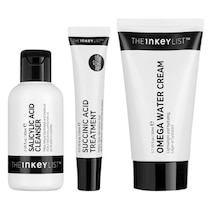

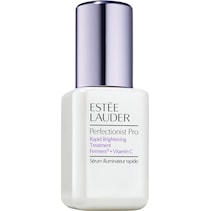


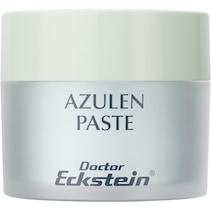

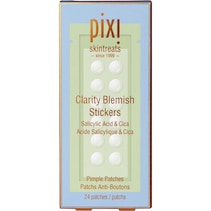
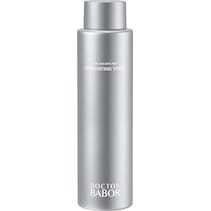
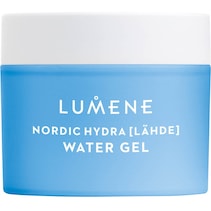
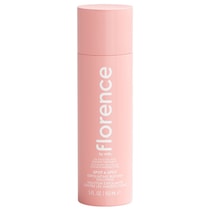
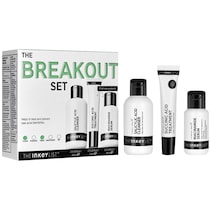

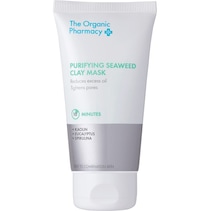
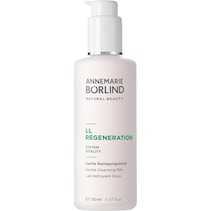
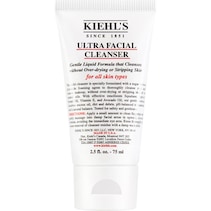
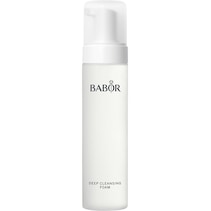
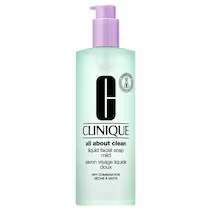
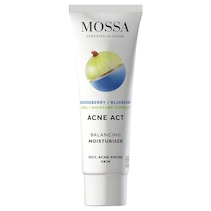
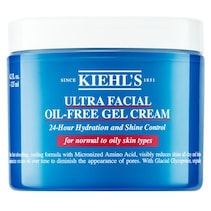
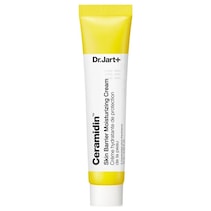
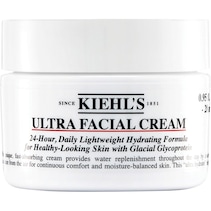
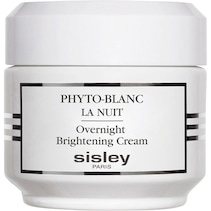
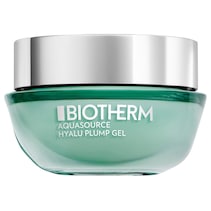
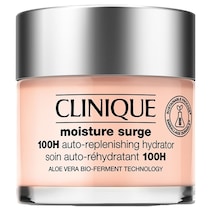
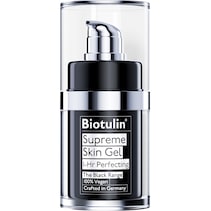

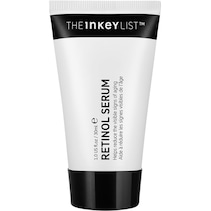
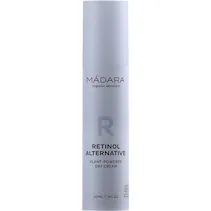
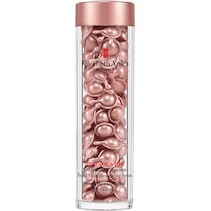

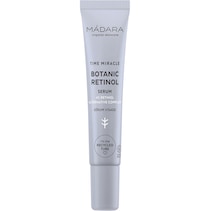
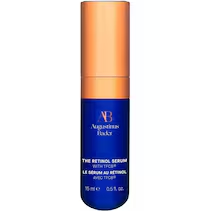
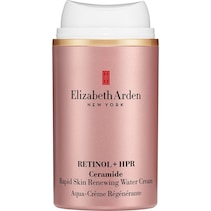
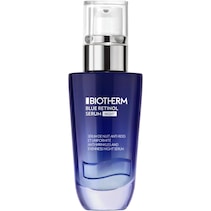
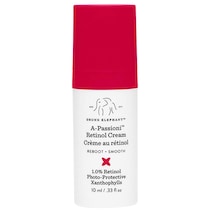
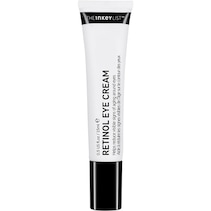

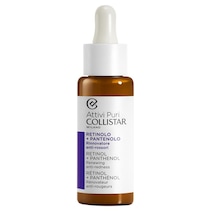
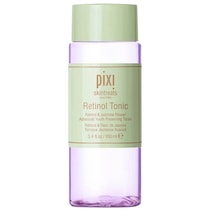
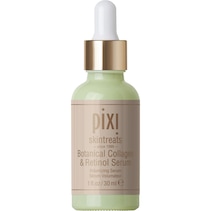
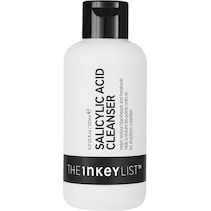

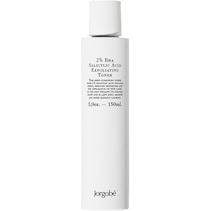
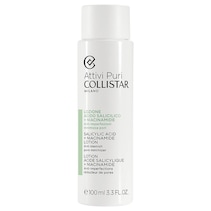
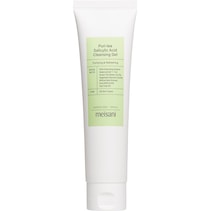
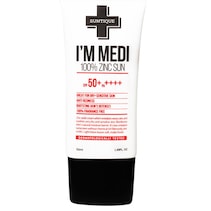

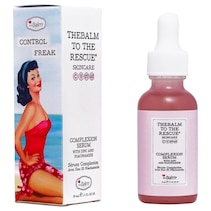
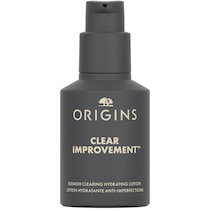
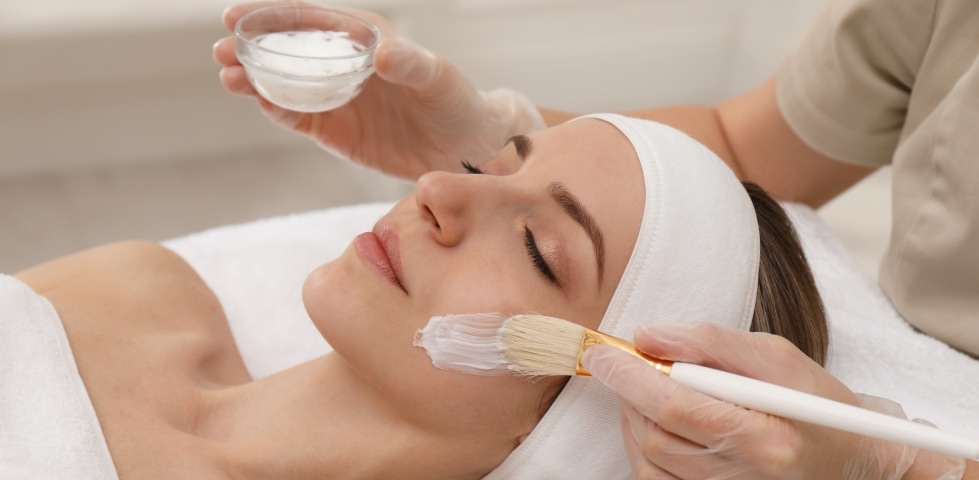
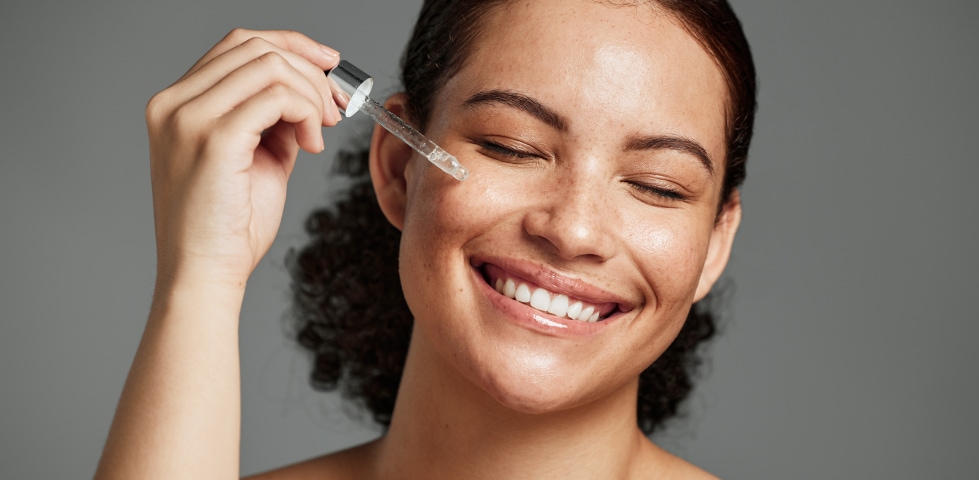
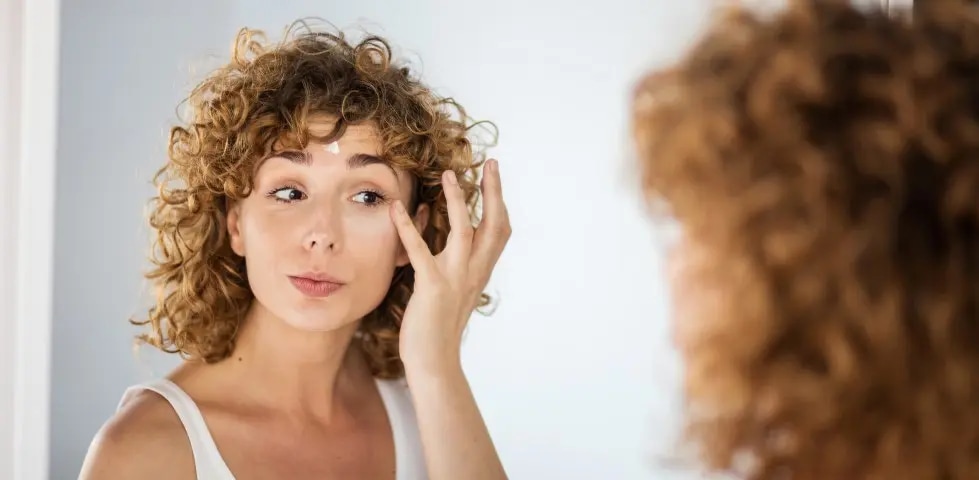





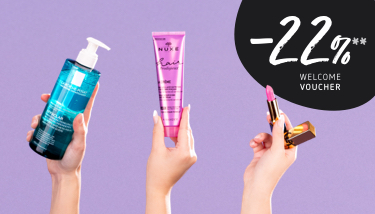






 Certified security
Certified security








